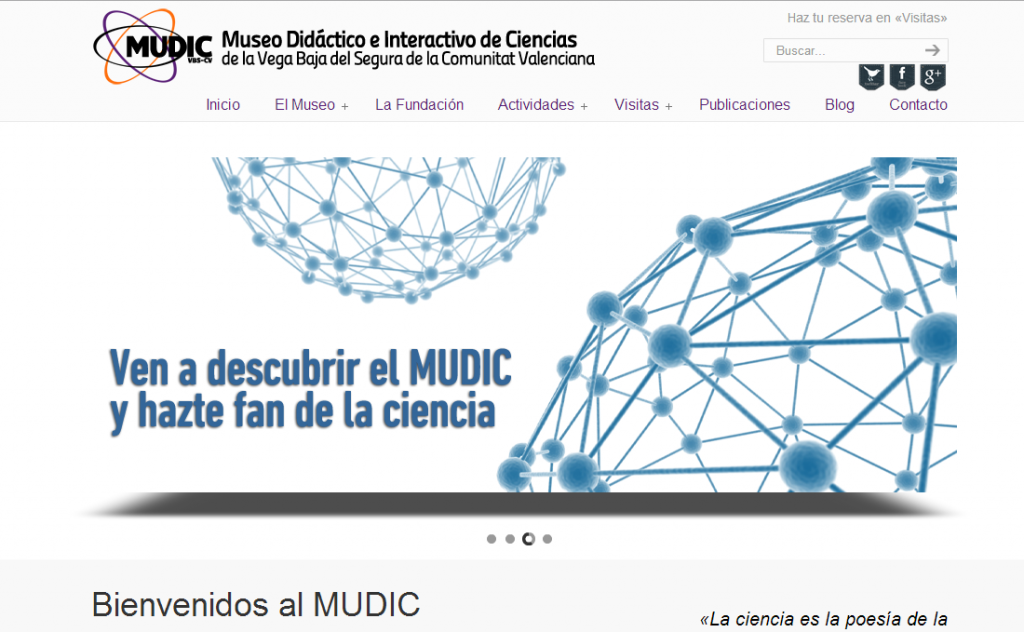
These visual percepts differed quite a bit: most people reported flashes of light, but others saw blue colors or movement out of the corner of their eyes. This “decoy” task also served to ensure that the participants remained awake and alert throughout the experience, because sitting in a dark room for half an hour sounds like a perfect opportunity for a nap.Īcross three different experiments, up to of participants experienced auditory-evoked visual percepts. This data was not used in the actual analysis of synesthetic experiences. Between the beeping noises, the participants also heard letters of the alphabet and were instructed to imagine them and describe their shapes. To avoid bias, the research team did not tell their participants the true purpose of the study, but instead designed a “decoy” experimental task.

A good strategy is to not tell the participants about the study’s hypothesis and, to prevent people from figuring it out themselves, to introduce a measure that is not actually used in the experiment. In any psychological study, researchers aim to avoid biasing their participants towards any experimental outcome, as that may produce unreliable data. The participants pressed a button if they experienced such a visual percept. They were told that those noises can make some people see flashes of light or other visual sensations, which are called auditory-evoked visual percepts. During that time, they heard short beeping noises. In the study, participants who did not have synesthesia went through a session of visual deprivation by sitting in a dark room with their eyes closed. The recipe? Sit in the dark, close your eyes, and listen to some beeping sounds. Non-synesthetes are in the majority, but for those who still want to know what it’s like to see sounds, here’s some good news! Psychologists at the University of Michigan have managed to create artificial synesthetic experiences in non-synesthetes. A person with this type of synesthesia may strongly associate the color orange with the first few notes of their favorite song. (1) In auditory-visual synesthesia, sounds evoke visual sensations. If you have no idea what it’s like to have these sensory experiences, you are not alone – synesthesia is a rather uncommon condition, only affecting 1-20% of people (1).

In rarer mirror-touch synesthesia, synesthetes see other people touching and feel touched themselves. Some people with synesthesia, called synesthetes, experience smells when listening to music, or else associate colors with letters and numbers. Consciousness and Cognition, 70, 70-79.Ĭan you see sounds or taste colors? Does thunder makes you see red swirls or your doorbell evoke a flash of blue light? If so, you probably have synesthesia – a neural condition that merges different senses in the brain and creates unique sensory experiences. Inducing synesthesia in non-synesthetes: Short-term visual deprivation facilitates auditory-evoked visual percepts. Synaesthesia: The prevalence of atypical cross-modal experiences. Personality and cognitive profiles of a general synesthetic trait. The induction of synaesthesia with chemical agents: A systematic review. Are synesthetes exceptional beyond their synesthetic associations? A systematic comparison of creativity, personality, cognition, and mental imagery in synesthetes and controls. Survival of the synesthesia gene: Why do people hear colors and taste words? DOI: 10.1371/journal.pbio.1001205

You can learn more about how we ensure our content is accurate and current by reading our editorial policy. Healthline has strict sourcing guidelines and relies on peer-reviewed studies, academic research institutions, and medical associations. But other stimulants, like cannabis, alcohol, and even caffeine, have also been shown to cause temporary synesthesia. Mescaline, psilocybin, and LSD have been studied for their ability to induce this phenomenon. The use of psychedelic drugs can heighten and connect your sensory experiences.

Some substances can cause you to temporarily experience synesthesia. That’s why researchers believe that people who have synesthesia have a high level of interconnectedness between the parts of the brain that are tied to sensory stimulus. So not only will your primary visual cortex be stimulated by the color, your parietal lobe, which tells you what something tastes like, is stimulated, too. If you have synesthesia, you may also feel like you can taste the color of the wall while you look at it. Looking at a bright neon yellow wall, for example, will light up the primary visual cortex, at the rear of your brain. Research indicates that synesthesia can be genetically inherited.Įach one of your five senses stimulate a different area of your brain. People who experience synesthesia are usually born with it or develop it very early in childhood.


 0 kommentar(er)
0 kommentar(er)
